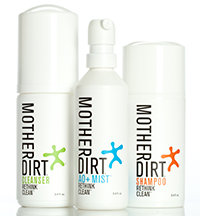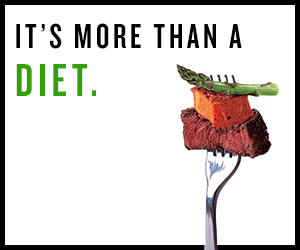Winalot asked what I thought was the ideal bodyweight or BMI. I’m not sure there’s a single ideal – different lifestyles will naturally generate different bodies – but I think we’d all agree that this young lady has a pretty healthy body shape:
You can also see her deadlifting in this video, where they tell us she weighs 98 pounds. If she is 5’0” tall, then her BMI is 19.
One factor to keep in mind is that, as Wikipedia notes, the BMI improperly accounts for height — it scales proportionally to height. So a 6’ person with a BMI of 25 has the same body shape as a 5’ person with a BMI of 21.
I’ve always been slender, but as I’ve improved my diet and nutrition I’ve actually gotten heavier. I now weigh 182 lbs at 6’0”, which translates to a BMI of 24.7. I used to be 160-165 lbs. I’m still slender and have, if anything, less fat than before, but more muscle and I am convinced my bones are denser. Certainly, my teeth are harder and whiter.
If, as I think, I added 10 pounds or so to my bones through vitamin D, K2, C, and magnesium supplementation, then it’s rather obvious that BMI is not a precise measure of health. A BMI of 25 in a person with little muscle and fragile demineralized bones is overweight; but a BMI of 19, even with a great body shape, might indicate some missing nutritional elements.
If the lady in the video is really only 98 pounds, I would suspect that either she’s shorter than 5’0” or that her bones are not as dense as they should be, and she should supplement D, K2, C and magnesium.
Both Shou-Ching and I are pretty sedentary – we both spend 60 hours per week or more at our computers. We go to the gym twice a week for about 30 minutes, and go for a walk for about 2 hours on weekends, or play tennis. We would love to get outdoors and exercise more, but life is busy for us.
If you eat right and your metabolism is healthy, not a lot of exercise is needed to attain an attractive body shape and move mass from adipose cells into muscle. Even though we’re sedentary, both of us have been getting stronger, and we’ve remained fairly slender.
So: Be sure to eat at least 600 calories per day of carbs+protein, and there should be sufficient protein for muscle synthesis. (At lower carb+protein intakes, more protein may be consumed in gluconeogenesis than is eaten, for a net loss of protein from muscle.) Resistance exercise will help drive muscle development. These steps will allow surplus fat to go into muscles, not belly flab. Then control overall calorie intake, perhaps with intermittent fasting, to keep adipose fat from growing. All this should be natural and easy, if your metabolism has not been damaged in some fashion; and your body should end up with an excellent shape.













Recent Comments